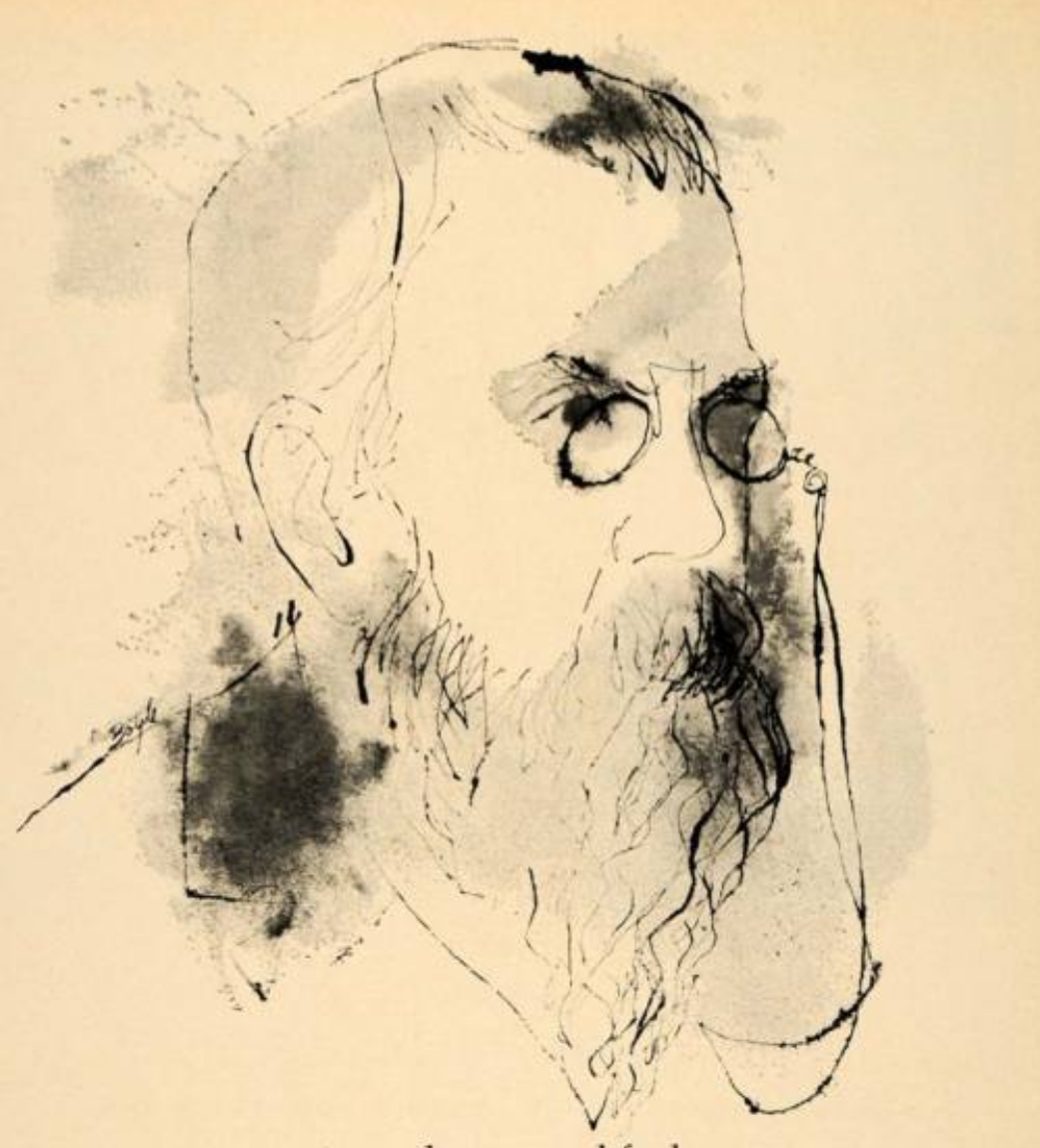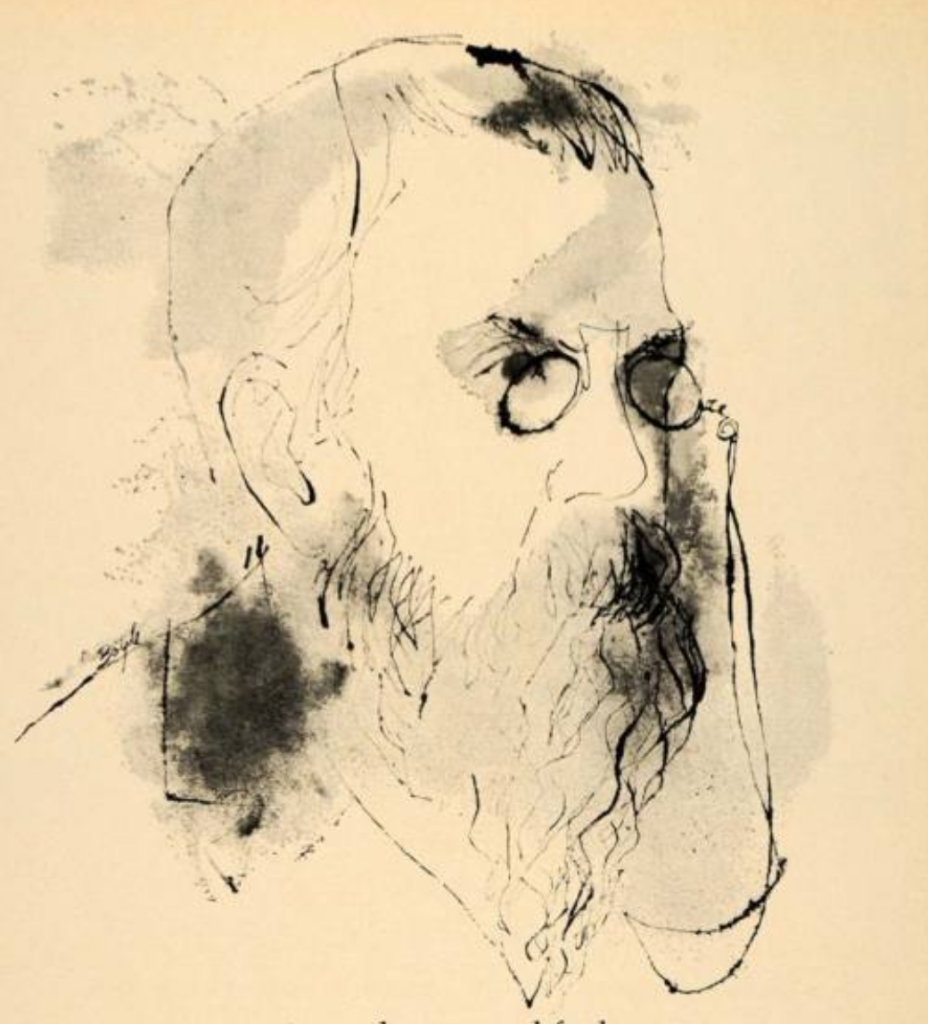
17 Nov The Poincaré Pear and Poincaré-Darwin Fission Theory in Astrophysics, 1885-1901

Abstract: In the early 1880s, Henri Poincaré discovered a new equilibrium figure for uniformly-rotating fluid masses – the pear, or piriform figure – and speculated that in certain circumstances the pear splits into two unequal parts, and provides thereby a model for the origin of binary stars. The contemporary emergence of photometric and spectroscopic studies of variable stars fueled the first models of eclipsing binaries, and provided empirical support for a realist view of equilibrium figures – including the pear – in the cosmic realm. The paper reviews astrophysical interpretation of the Poincaré pear and the Poincaré–Darwin fission hypothesis with respect to research on variable stars from 1885 to 1901.
Philosophia Scientiae 27(3), 2023, 159-187; doi 10.4000/philosophiascientiae.4178
